The North's telecoms system is too vulnerable, some say after last week's outage
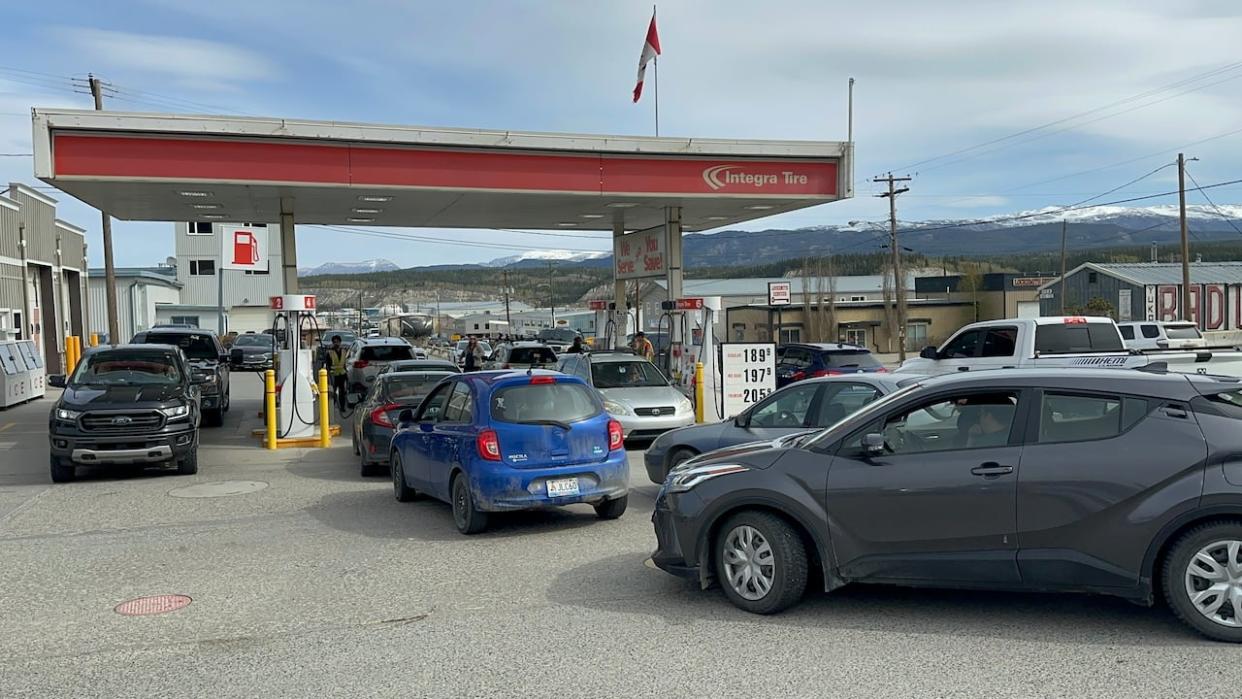
Wildfire season was barely underway this year when flames took out the North's telecommunications system for a period last weekend — showing how vulnerable the existing network can be.
That has some northerners wondering whether they can count on fibre-line infrastructure in times of crisis.
Separate fires threatening Fort Nelson, B.C., and near Highway 1 in the N.W.T. damaged Northwestel's fibre lines last Friday, plunging all three territories into a prolonged communications blackout of varying degrees.
It happened as roads were being closed in some regions, and just hours after an evacuation notice was issued for residents in Fort Liard, N.W.T.
For the better part of the weekend, cellphones, landlines and internet didn't work in the Yukon and parts of the N.W.T., and landlines didn't work in Yellowknife or Nunavut either. Service was gradually restored to all regions by Sunday.
"We knew it was coming," said Jeff Philipp, president and CEO of Yellowknife-based telecommunications company SSi Micro, about last week's outage. He believes the North is not prepared for what could be another catastrophic wildfire season.
Telecommunications also failed in the N.W.T. at a critical time last August, when several of the territory's South Slave communities were in the midst of fleeing wildfire.
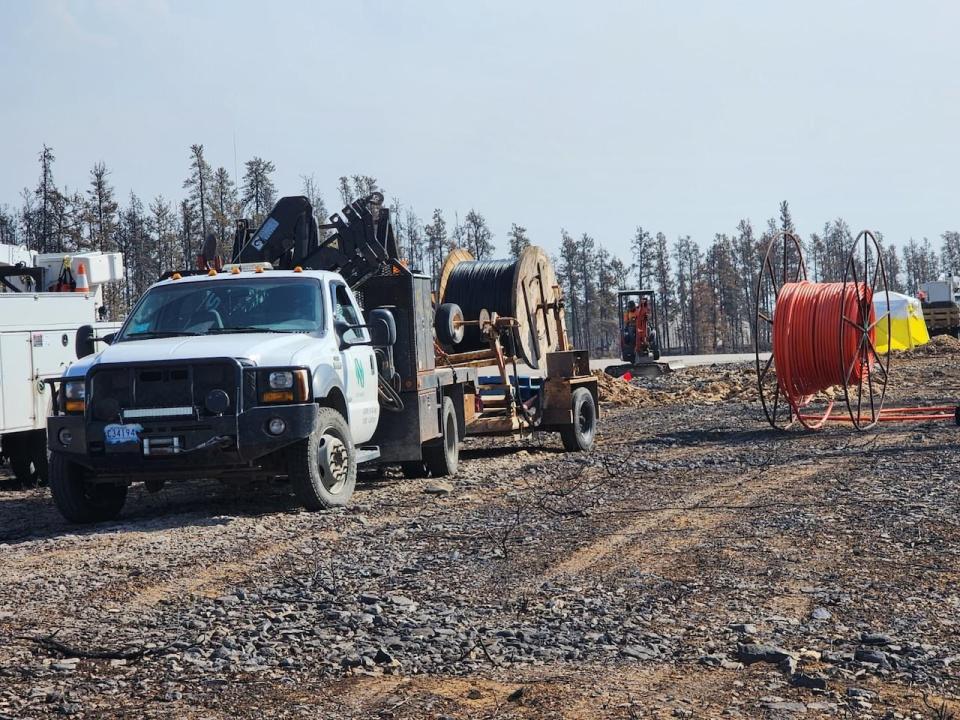
Northwestel technicians splice in several kilometres of new fibre last summer in the aftermath of massive wildfire activity in the South Slave region of the N.W.T. (Submitted by Northwestel)
"We don't have the infrastructure in place at this point to avoid the reality we're entering," Philipp said.
SSi Micro provides internet to small communities in the N.W.T. and Nunavut using a type of satellite that, from the ground, appears to be stationary in the sky. The signal on the ground can then be hooked up to a Wi-Fi access point.
"It serves an important goal of connecting people that are in remote and rural areas, cabins, camps," Philipp said.
Philipp believes the fibre line infrastructure in the North is too fragile, and he wants governments to commit to supporting things like Starlink, SpaceX's satellite internet service, to provide redundancy.
"Put SpaceX in place, and if there's a better technology, put it in place — I don't really care," he said.
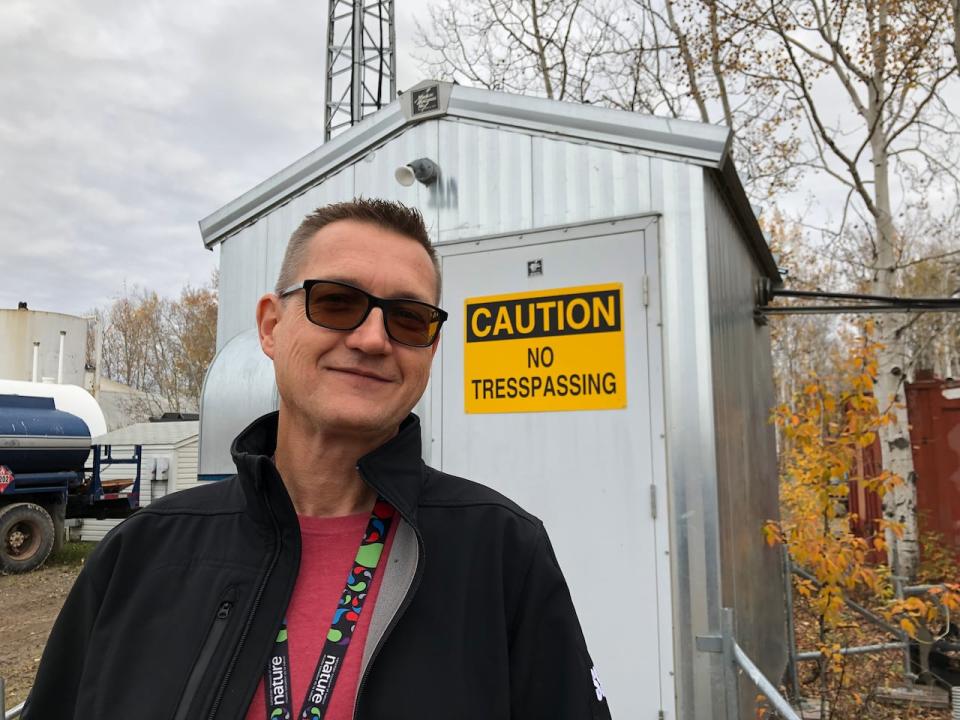
'We don't have the infrastructure in place at this point to avoid the reality we're entering,' said Jeff Philipp, president of SSi Micro in Yellowknife. (Tracy Fuller/CBC)
'Fragile' has different meanings'
At a news conference on Tuesday, Imran Khan, Northwestel's chief financial officer, was asked whether the company's infrastructure could in fact be described as fragile.
"The word 'fragile' has different meanings," he said.
"Every fire, every outage that is caused by fire, is unique," he said.
Though it's "very difficult" to predict where a fire may happen, Khan said the company was doing everything it could to protect against fire, by removing brush around its fibre lines, bringing in its own water trucks, and burying some infrastructure underground to protect it from extreme heat and flame.
Khan said Northwestel was also working with federal and territorial governments to "seek their help" protecting infrastructure from fire.
Mike Westwick, a fire information officer with the N.W.T. government, said his department provides industry organizations with advice on how to protect infrastructure. He also said the territory's forestry department knows where the fibre line lies.
Still, he said there's only so much that can be done when there's extreme fire behaviour.
"It's not going to be possible to protect everything at all times," he said.
Tammy April, Northwestel's vice president of customer service, said that a "unique set of circumstances" had converged to cause the widespread outage last weekend.
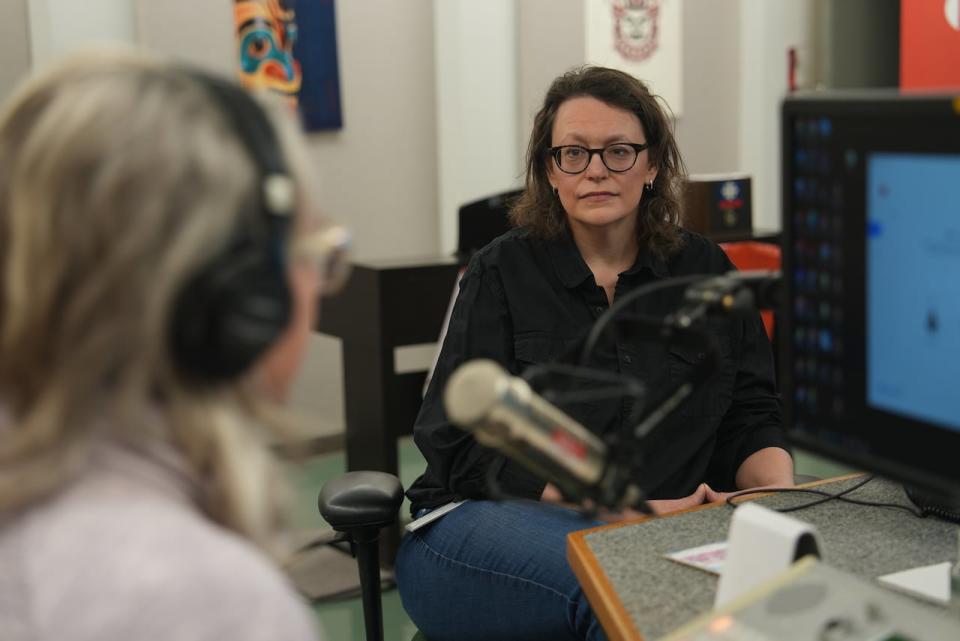
Tammy April, Northwestel's vice president of customer service, speaks to CBC Yukon's Elyn Jones during the telecoms outage last Saturday. April says 'a unique set of circumstances' had converged to cause the outage. (Claudiane Samson/Radio-Canada)
She said there was a relatively small chance it would happen again in the Yukon, where both a primary and backup line were damaged at the same time. Yellowknife, however, is "pretty vulnerable," with just a single fibre line coming up from the South.
Yellowknife is prepared, mayor says
Unlike the Yukon and communities in the Beaufort Delta and Mackenzie Delta regions of the N.W.T, Yellowknife did not lose its internet connection last weekend.
But if internet had been lost the same way 911 and landline calling was for part of the weekend, Yellowknife Mayor Rebecca Alty said the city was ready: an emergency operations centre had been activated, and messaging had been prepared just in case.
"The plan was to activate four more sites where residents could go if they were in need of help — so the fire hall, city hall, Walmart and the Old Town parking lot," Alty explained. She said the city's buildings are on a local area network and can still communicate with each other if internet and landlines aren't working.
She said the city has radio networks, satellite phones — and Starlink.
"So we're able to communicate out of the community, not just within the city staff capacity," she said. "So if you were in need of help, you went to one of those sites, they have a radio, they're able to connect to the fire hall and then dispatch services."
Alty said in an emergency, the city would get the messaging out on its website (which would have been accessible to people with their own Starlink service) and on local radio stations like CBC, True North and CKLB.
But internet wasn't lost in Yellowknife last weekend, so the city set up a pair of temporary mobile numbers people could use if they needed emergency ambulance or fire services. RCMP, meanwhile, told people to attend their detachment in person.
Starlink 'saved our bacon': Inuvik emergency official
Inuvik was one of many communities across the N.W.T. and Yukon to feel the brunt of the outage last week, having lost internet, cell service and landline calling.
Brian Larman, the town's fire chief and director of protective services, said the situation put the town's new backup communication plan — a high performance Starlink — to the test and he was "happy to report it really works well."
The fire department acquired the dish earlier this year so it could maintain communications while responding to calls on the highways.
"A lot more people" have Starlink in Inuvik, Larman said, and the fire department's single dish became a pinnacle of its emergency communication system during the outage.
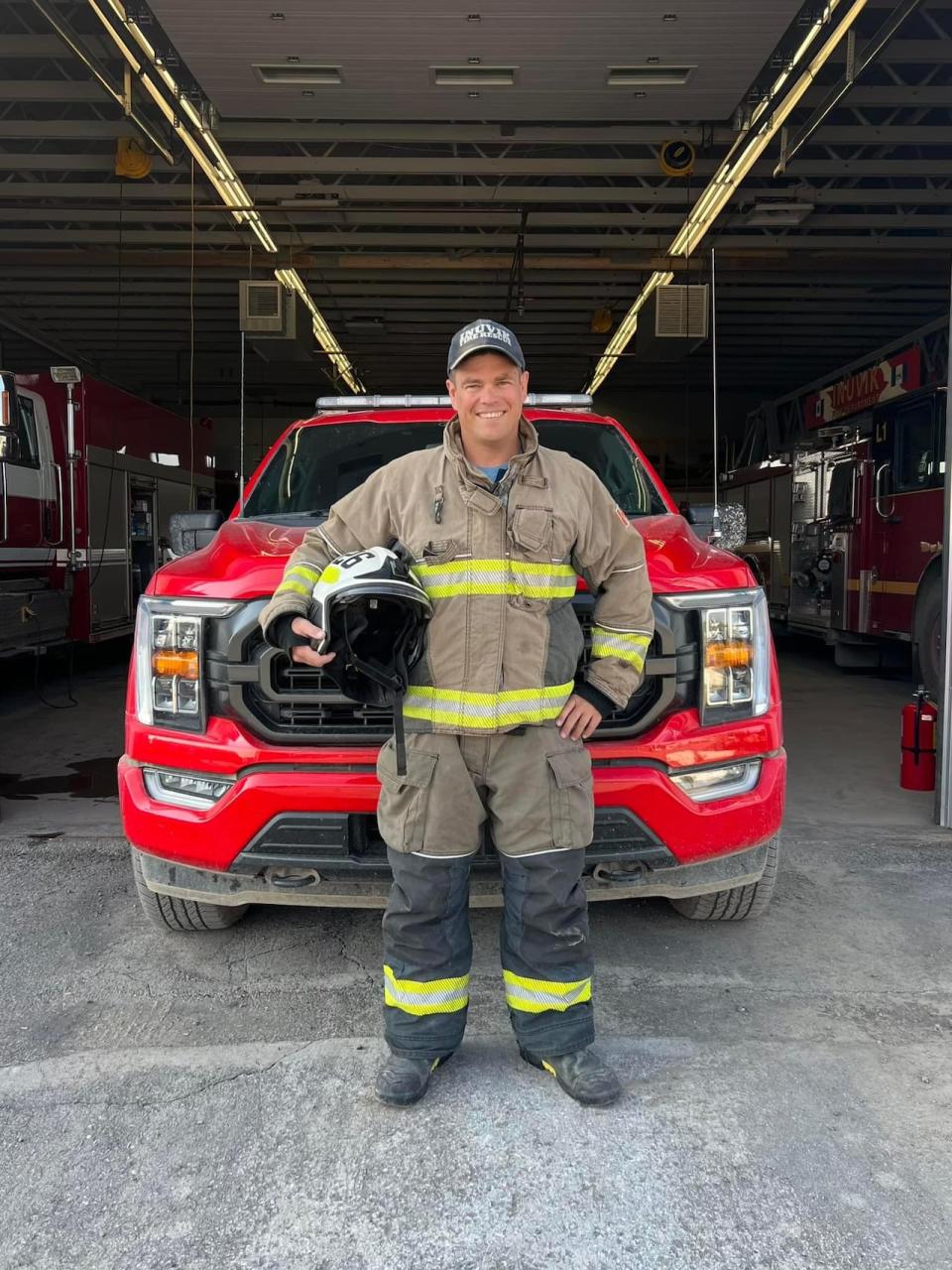
'A lot more people' have Starlink in Inuvik, N.W.T., said Brian Larman, the town's fire chief and director of protective services. (Submitted by Brian Larman)
Larman said the fire department, emergency medical services and the RCMP all shared the dish and directed people to a single phone number that worked using Wi-Fi calling. The emergency services stayed in touch with each other using radios, and then co-ordinated the calls that came in from residents — who were also using Wi-Fi calling — as needed.
Those who couldn't make Wi-Fi calls were given places to go, in person, to find help.
Larman wasn't sure how many people were helped at in-person locations, but he said they fielded about 10 calls for help using the Starlink. He said the new technology "saved our bacon," in terms of being available for people to call.
Larman doesn't see Starlink replacing Northwestel's fibre lines completely, but he does see it as a critical tool during telecoms outages. He said he'd like to see the territory provide the technology to other N.W.T. communities.
Emily King, the director of the N.W.T.'s emergency management organization, said earlier this week a Starlink was brought to Fort Liard on Saturday. The community found itself in the midst of a telecommunications breakdown shortly after an evacuation alert was declared.
Asked what the territory was doing to prepare for similar outages in the future, King did not offer a concrete answer, instead saying it was something "all entities" should be thinking about and that the territory was continuing to work on it.

